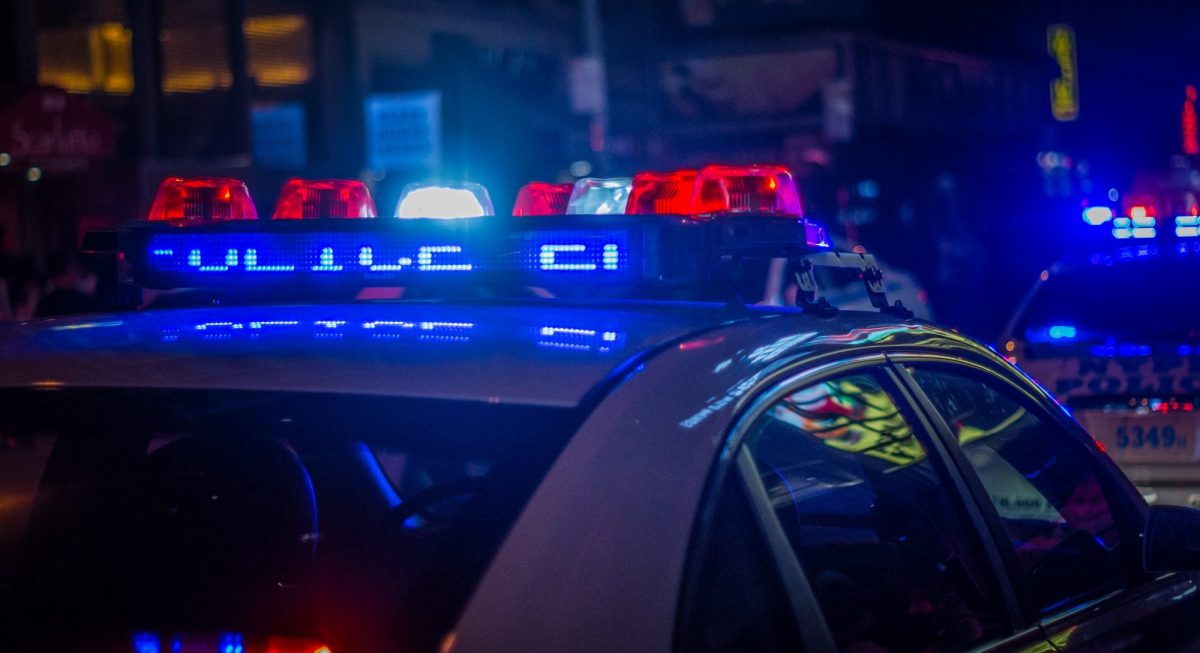Searches performed without a warrant are generally unreasonable and violate the Fourth
Amendment. That broad ban does have some exceptions, including the “automobile exception.”
That exception isn’t a blank check for the police; the law says they can only search those areas
of the car where they have probable cause to believe that incriminating evidence may be found.
Automobile exception cases are frequently highly fact-intensive, which is why they are also
matters in which having representation provided by an experienced Santa Barbara criminal
defense lawyer can be invaluable.
The Third Appellate District Court of Appeal recently weighed in on the automobile exception
and the boundaries of a legally permissible warrantless search.
The case arose from a 2021 traffic stop in Stockton. Before the stop occurred, a detective
spotted a juvenile suspected of illegally carrying a weapon in his waistband. Continued
surveillance led officers to develop a reasonable suspicion that the teen had entered a car and
placed the gun underneath the front passenger seat.
The police stopped the car’s owner, H.L., in a barbershop parking lot. The officers searched
under the passenger seat but found only a liquor bottle. Having come up empty, the police
decided to complete a second search — this time inside the car’s trunk. There the police found a
loaded handgun. Based on that evidence, the prosecution charged H.L. with being a felon in
possession of a firearm.
The man sought to suppress the gun, arguing that the search was illegal. The trial court
disagreed, but the Court of Appeal later ruled that the search was illegal.
The California Supreme Court has explained in the past that the automobile exception allows
“police who have probable cause to believe a lawfully stopped vehicle contains evidence of
criminal activity or contraband” to “conduct a warrantless search of any area of the vehicle in
which the evidence might be found.” When determining whether or not the police had probable
cause, the law requires the courts to use the standard of “a man of reasonable prudence” and
assess whether such an officer would believe “that contraband or evidence of a crime will be
found.”
Probable Cause to Search Under the Seat, Not the Trunk
The Court of Appeal, in looking at the Stockton case, concluded that the police did have
probable cause to believe that there was incriminating evidence under the front passenger seat,
but did not have probable cause beyond that. In circumstances where that’s the case, the court
said, the automobile exception justifies a warrantless search only of the passenger
compartment of the car. Searching the vehicle’s trunk, as the police in this case did, “exceeds
the permissible scope.” That means that evidence found in the trunk should be suppressed.
The law requires the courts — when determining whether or not the police had probable cause
to engage in a particular warrantless search under the automobile exception — to “look at the
totality of the circumstances.” As a result, the difference between suppression and conviction
can be your ability to give the court all the relevant facts that support your position. Part of
presenting the strongest defense possible means having legal counsel who can acquire,
develop, and present all of that proof. The Law Offices of Tristan Verburgt is here to protect your
constitutional rights (whether under the Fourth Amendment or elsewhere) in your criminal
matter. To put one of our knowledgeable and diligent Santa Barbara criminal defense attorneys on your side, contact us online or call (805) 220-3923.








 by Ohava
by Ohava